
Hajimari no Kiseki is the steadying step forward that Trails needed
Hajimari no Kiseki was not a mistake.
No preamble, no rambling about everything that I’ve thought about and experienced between my now infamous thoughts on The Legend of Heroes: Trails of Cold Steel IV… it simply is not a mistake. Indeed, for all of my problems with that title, I walk away from my time with Hajimari no Kiseki – the Japanese release of Trails into Reverie – pleasantly surprised. While it’s still not a perfect game by any means, it’s my humble opinion that the game is perhaps the best overall package that the series has had in close to a decade.
After my Trails of Cold Steel IV review, you could be forgiven for thinking that I’d given up on the series. Despite my very real issues with the game, however, I’d always intended to see the story through to its conclusion. Part of that desire was fueled by the sunk cost of powering through 9 long RPGs, and not wanting to give up when I’d already invested so much time. I also have to admit that the response to my Cold Steel IV review, including some ridiculous and unnecessary harassment, also influenced my thinking. I had to see this through. I knew that I’d be getting around to Hajimari sooner or later.
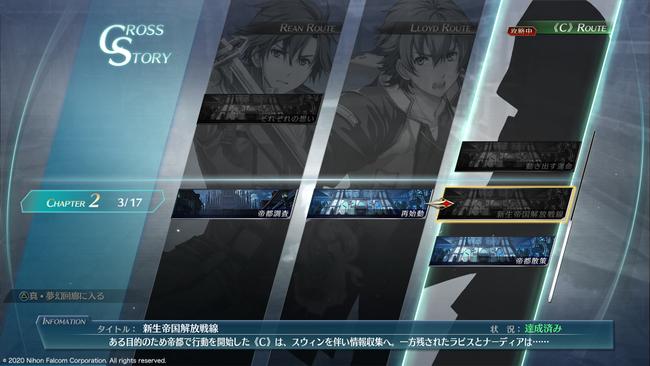
Hajimari is not Cold Steel V, despite what some might claim. It’s also not exactly a Cold Steel the 5th, either, though that’s undoubtedly the better comparison. Instead, it’s the epilogue to both Erebonia and Crossbell’s tales. It doesn’t change much in the grand scheme of things, but it offers a certain degree of closure to the characters involved that longtime fans will likely appreciate. The Cross-Story system works well here, allowing players to jump between 3 viewpoints at the push of a button. As a result, the pacing has been tuned to a much brisker pace. I’d go as far as to say that Hajimari’s pacing is probably the best that the series has ever featured.
Character writing has also been much improved. One route in particular – <C>’s route – was handled by staff new to Falcom, and it shows. The new characters of Nadia and Swin have a lovely dynamic that Cold Steel IV’s “3 and 9” could only really allude to. Seeing them in action, alongside Lapis and C, the whole group has perhaps the best chemistry in the series since the Special Support Section, and in some ways, it might even be better. Hard to say at this point, when one group has only been present for less than a 3rd of a game so far, while Lloyd’s group had already been around for 2 and some change.
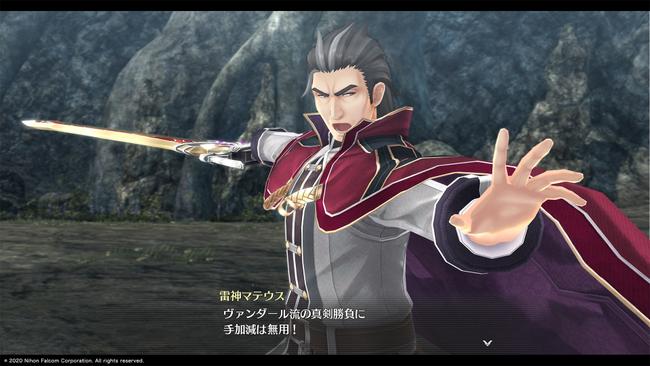
Hajimari’s actual plot is the weakest aspect of the game, but only because of one or two blemishes that honestly don’t hamper the overall package. More importantly, the game’s story features a very clear and strong theme to it all – something that I’ve personally felt the absence of in past series entries. It’s really hard to explain exactly what it is without spoiling some of the game’s key reveals, but the ending resonated with me in a way I hadn’t truly felt from the series in a very long time. Even if in the grand scheme of things Hajimari felt like the series’ plot spinning its wheels a bit, by the end of it all I was genuinely happy that the game’s story happened in the first place.
The best way to describe it is that it feels like it’s focused. Where Cold Steel IV was all over the place, from beginning to end it felt like the writers and designers of Hajimari no Kiseki had their hands on the wheel and knew precisely where they were headed. The Cross-Story system is used to great effect, and the game generally beats around the bush much less than Cold Steel IV did, even though by the end of the story the cast has ballooned beyond even the number of characters present there.
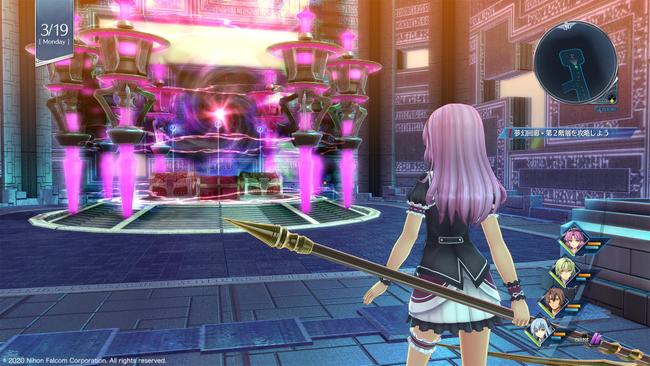
If there’s any part of the game that might feel out of place, it’s the True Reverie Corridor – but even then, the game’s Extra Chapter, patched into the game after launch, manages to tie it into the story as a whole much better. Basically, it’s inoffensive at its absolute worst. You get to explore randomly generated dungeons, gathering Orbs that you can exchange for Side Stories, Minigames, Items, and additional characters for your party. It’s a very different gameplay loop from the rest of the game, and while you’re forced to progress through the TRC every now and then, once you reach a certain point you’re free to ignore it entirely. Even then, you’re afforded the opportunity to continue to tackle it as you please once the credits roll.
Hajimari only adds one real change to the battle system, but it’s hard to imagine CSIII/IV’s battle system without Valiant Rage, now that I’ve had a chance to play with it. The same Assault Points that can be used to gain an advantage over an enemy on the field can now be saved up to use in battle. Whenever you have a full bar of charge you can hold down R2 to select a Valiant Rage ability. These will bring every party member onto the field at the same time, exception reserves, and will either heal your party, deal magical damage, or deal physical damage. These will also leave you with buffs corresponding to the Valiant Rage that you chose, and award BP to help refill your Brave Gauge. Much like attacking items on the field works toward refilling your Assault Points in previous games, you’ll now slowly regain charge by landing attacks in battle as well.
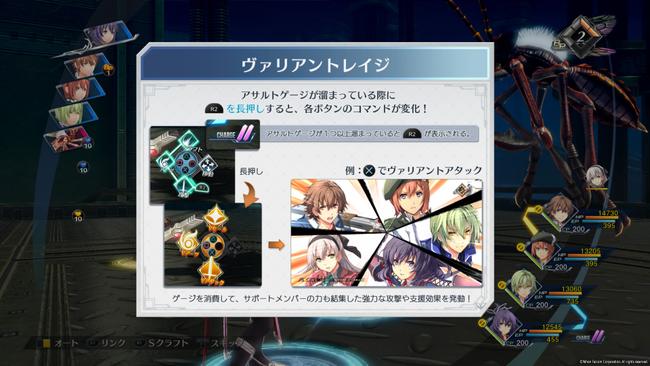
In practice, the new abilities fit like a glove and really push you to constantly be shooting out Orders as much as you can. While you can still find ways to break the game like in previous entries, it feels like the game is on the same page, and is asking you to find the most efficient way to deal with enemies. On the same token, it’s clear that Falcom expects players to know what they’re doing. Bosses aren’t afraid to throw their weight around, and especially if you’re looking to tackle the higher difficulties, you’ll want to have a definitive plan in mind when heading into boss fights.
It’s not just that Hajimari is a better game than Cold Steel IV. If we’re being honest, I expected that much as soon as the credits had rolled for Rean’s adventure last year. Much of my issues with the series at that point were, I considered, systemic. Much of what I love about Hajimari is how little it feels like the games that have come before it, even if at the end of the day I’m exploring many of the same locations that I’ve visited many times before. Hajimari, as a game, arguably didn’t need to exist – and it would’ve been easy for Falcom to make a game that simply idled away the time until Kuro no Kiseki’s release later this month. Instead, the team behind Hajimari had a vision for the story, the gameplay, and the package as a whole.
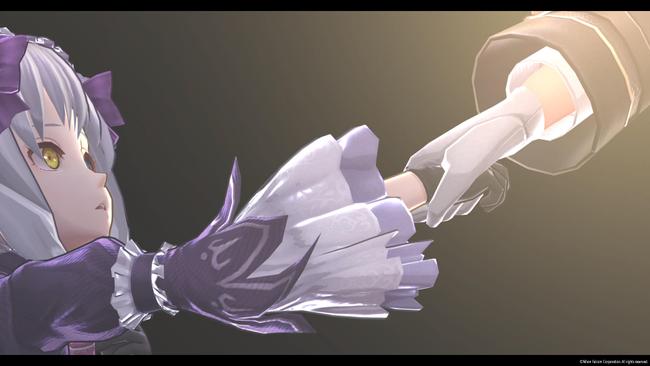
While I really don’t want to spoil anything specific about the story – one thing that I can say is that the improved presentation helped the title a lot. Cutscenes are now properly animated with mocap, and the actual cinematography for some of these scenes go a long way to making them leave an impact. Even scenes that aren’t animated now make better use of the camera, and all of these are changes that I feel like I can safely expect to be brought over to Kuro. Maybe the ending of Cold Steel IV’s Act 2 wouldn’t have felt so limp if the framing had been better if the presentation hadn’t been so comically static, and overstuffed with characters? It wouldn’t have solved all of my problems with the game by any means, but small improvements add up over time. Most of Cold Steel IV’s issues came down to overambition, and I want to hope that Falcom knows that, and won’t repeat the mistake going forward.
As for me – as much as Cold Steel IV was a painful reminder that the series I love is far from perfect, Hajimari feels like the opposite. It reminded me of the magic that made me love the series in the first place and has given me hope that Trails of Cold Steel can simply be a stumbling block in what will hopefully be a much grander picture. Trails is back on its feet, and I want nothing more than to see it hit its stride once more.